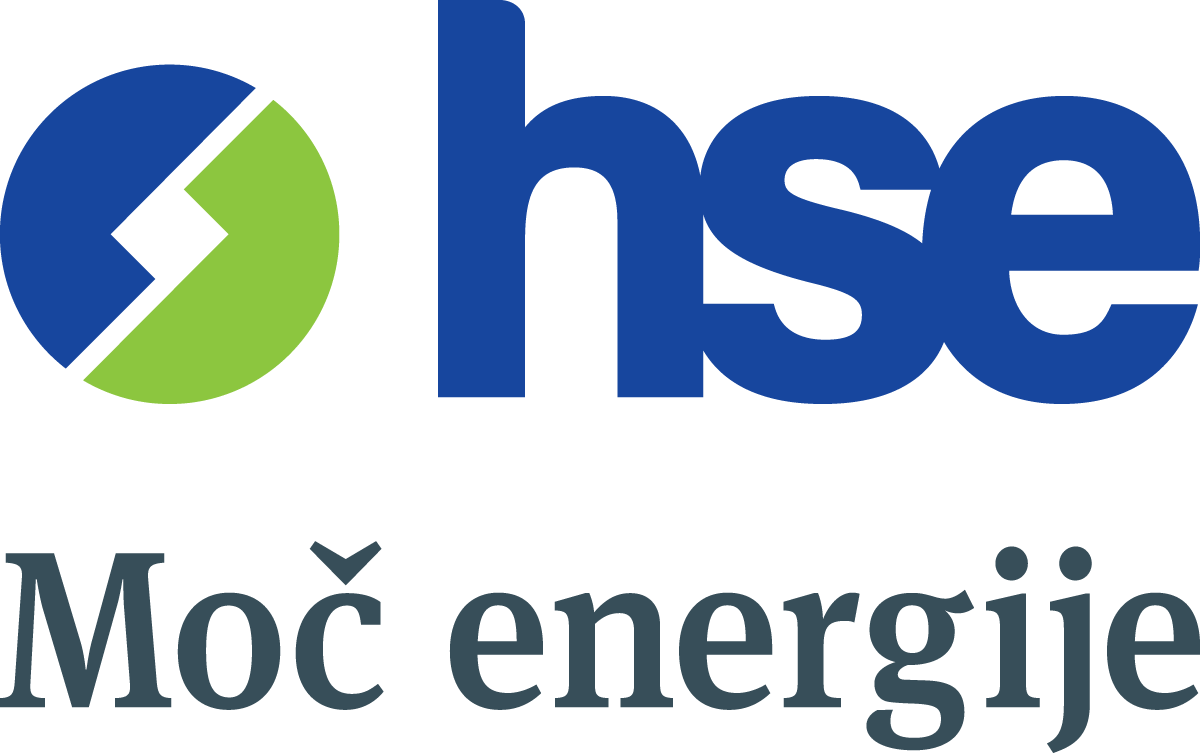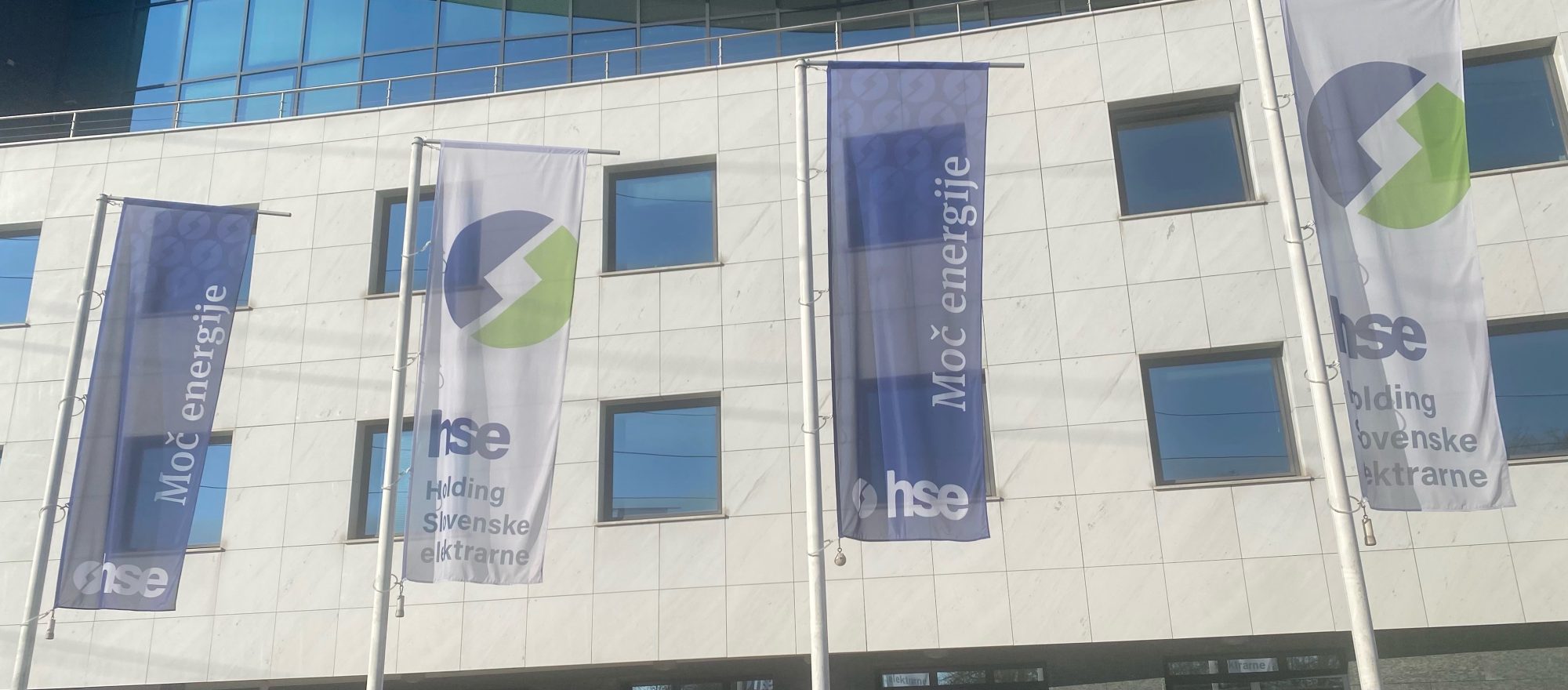At today’s session on the proposal of the Ministry of the Environment the Government of the Republic of Slovenia adopted the decision to abort the drafting of the national spatial plan for the area of the Hrastje-Mota na Muri Hydro Power Plant. The company Dravske elektrarne Maribor (DEM), as the investor in said project and concessionaire for the use of hydro power in that part of the River Mura, has always operated professionally, transparently, in accordance with law and directives and in the interest of the indirect owner, i.e. the state, and its broader strategic commitments. This is why we regret such a decision, because we believe that it is a consequence of one sector (environment) pursuing a partial interest at the expense of broader social, agricultural and climate-energy objectives.
Ever since 2013, when Dravske elektrarne Maribor received from the Government of the Republic of Slovenia the Decision on the drafting of the national spatial plan for the area of the Hrastje-Mota Hydro Power Plant on the Mura, we have been managing all siting procedures prudently and economically and invested a lot of effort and funds. In cooperation with expert institutions, we have performed all required studies and analyses (economic – a study of the impact on economic development, a study of tourism development, a study of agricultural development, environment – a study of the water management groundwork for the Mura, a study of the chemical and biological quality of groundwater and surface waters, a hydro-geological study, an ichthyological study, a forest biology study, an environmental review, society – a study of the impact on the social environment), which resulted in the documents “Study of Variants” and “Environmental Report”, which were sent to the Ministry of the Environment and Spatial Planning at the end of 2016.
The stakeholders in spatial management presented their remarks, which was followed by the amending of the “Environmental Report”, which was sent again to the Ministry in the first half of 2018. On the basis of the final version of the “Environmental Report”, the Ministry was expected to give its opinion on its technical (in)adequacy, which it did in February this year with a memorandum on the adequacy of the Environmental Report. The fact is that the effects on the protection objectives for individual protected areas have the mark “D”, which means a considerable influence and that there is a need for so-called compensatory measures[1], which could not be presented in the submitted Environmental Report in accordance with the valid legislation. Additional analyses have shown that it is possible to compensate for the expected environmental impact with the compensatory measures, and that in this way the facility of the Hrastje-Mota Hydro Power Plant can become environmentally acceptable.
This is why we addressed in the last few months to the competent ministries, the Government of the Republic of Slovenia and the public several initiatives for the continuation of a constructive dialogue in the procedures of siting of the Hrastje-Mota Hydro Power Plant, including by looking for common solutions which would be also acceptable from the aspect of the environmental impact on individual protected areas. We are aware that the search for possible compromise solutions is a long-term project, which requires a lot of effort from all stakeholders, but we believe that this needs to be done for the benefit of all citizens of the Republic of Slovenia, the current and future generations. It must not be forgotten that hydro power is one of the cleanest sustainable sources for the production of electricity, which already represents a pillar of the Slovenian energy sector today and ensures a large share of power production from renewable sources. And there is no abundance of such sources in Slovenia.
Dravske elektrarne Maribor will continue to operate responsibly, in accordance with its mission and business objectives, and in doing so help pursue the strategic guidelines of the Republic of Slovenia. This will be so also in the case of participation in projects related to hydro power, and other multi-purpose projects, one of the results of which will be electricity produced from renewable sources.
Additional information:
Majna Šilih, head of Public Communication Department of DEM, [email protected]
[1] When it is not possible to achieve acceptability of a facility, additional measures – COMPENSATORY MEASURES – may be taken. An example of a compensatory measure is the establishment of a replacement habitat (for example, forest) at a different location, which compensates for or mitigates the impact of the construction of a facility – this is indicated in accordance with the laws and directives of the European Union.








